Nationalisation should only ever be a last resort.
But as the UK Government has shown with British Steel, it can be an essential tool to protect the nation’s vital economic and security assets.
After all, were the furnaces at Scunthorpe to shut down, the UK would lose its ability to produce virgin steel, a key component not only of infrastructure, but also the weapons and ships that help keep our country safe in an increasingly turbulent world.
Equally, as many as 2,000 skilled jobs would vanish, dealing a significant economic blow in an area that is already underserved.
Finally, we would be left to rely on foreign imports for our steel which, as both the erratic behaviour of President Trump has shown, is increasingly far from guaranteed.
The parallels with the situation at Dundee University are not exact, but the situation is close enough to prompt comparison. The university is a world-class institution with significant research credentials.
This makes it vital not only for training a new generation of skilled workers, but also in delivering innovations that can benefit Scotland’s economy and people today.

Similarly, it is also a major employer and driver of economic growth in Dundee itself and the wider region. The university is estimated to contribute about £450 million a year to the city’s economy and support almost 7,000 jobs.
To put such a figure in context, this is almost one in 10 of all the jobs in the city. The economic consequences of its current financial turmoil could therefore be severe.
Above all, just as British Steel is a source of pride for the people of Scunthorpe, who have turned out in their thousands to oppose its closure, so is Dundee University a boon to the people of Tayside.
As an institution, the university has a long and illustrious history. It was first affiliated with St Andrews University following its founding in 1881, becoming fully independent in 1967, and has always been renowned for its progressive attitudes and academic rigour from the outset.
In its almost 150 years of existence, it has produced many significant figures, but one of my favourites is Mary Lily Walker.
One of the first women to attend the university, her pioneering studies of poverty and inequality in Dundee would play a role in the formation of the early welfare state and influence many of the city’s politicians, including a young Winston Churchill.
For all these reasons and many more, Dundee University can and must be preserved – and the Scottish Government should follow the UK Government’s example and consider nationalisation.
Nationalisation could be only way to save Dundee University
This increasingly appears to be the only way to overcome the manifest challenges facing the university, while also preserving as many jobs as possible.
Equally, it may be the only way to restore confidence in the institution among students currently havering over whether to take up offers to study there.
The arguments against the Scottish Government making such a dramatic move have already been well aired. Above all, there is a view that taxpayers should not be left to foot the bill for the mismanagement of Dundee University executives.
In a similar vein, there is a concern that the troubles at Dundee University may well be just the tip of the iceberg, and that if the Scottish Government intervenes in this case, it could find itself having to find more money to support other institutions in the very near future.
The case of British Steel, however, answers many of these points.
Certainly, few would claim that the Chinese business in charge of the Scunthorpe plant, Jingye, have behaved scrupulously in their dealings with either the workforce or the government.
On the contrary, UK ministers has been clear that Jingye made “excessive” demands of the administration and did not negotiate in good faith on keeping the plant open.
Again, this is not an exact comparison with the situation at Dundee University, but in both cases it is necessary for government to act in the current reality, not some fantasy world where owners and managers should have made different decisions in years gone by.
Similarly, British Steel is far from the only UK industry struggling with profitability, but the UK Government has been clear it will only consider nationalisation on a case-by-case basis.
Intervening to protect an institution such as Dundee University, given its significant role in the life of the city, would not therefore necessarily mean the Scottish Government was beholden to support every mismanaged institution the length and breadth of the land in the future.
The Scottish Government has already taken some steps in the right direction. Its decision to back a loan to support Dundee University is welcome, and may well be enough to help the university survive its current malaise.
But as the UK Government has shown with British Steel, nationalisation does have a place and – were it a question of that or closure – there is only one choice the Scottish Government can and should make.
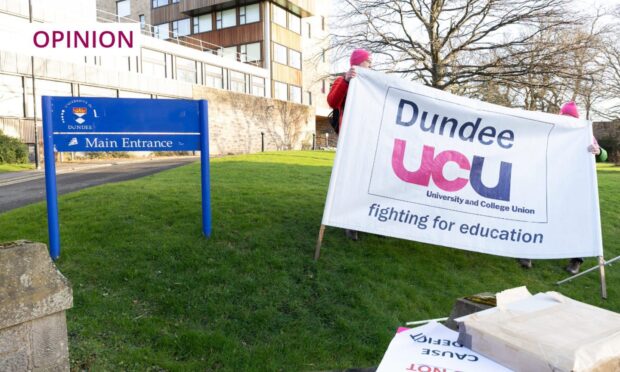

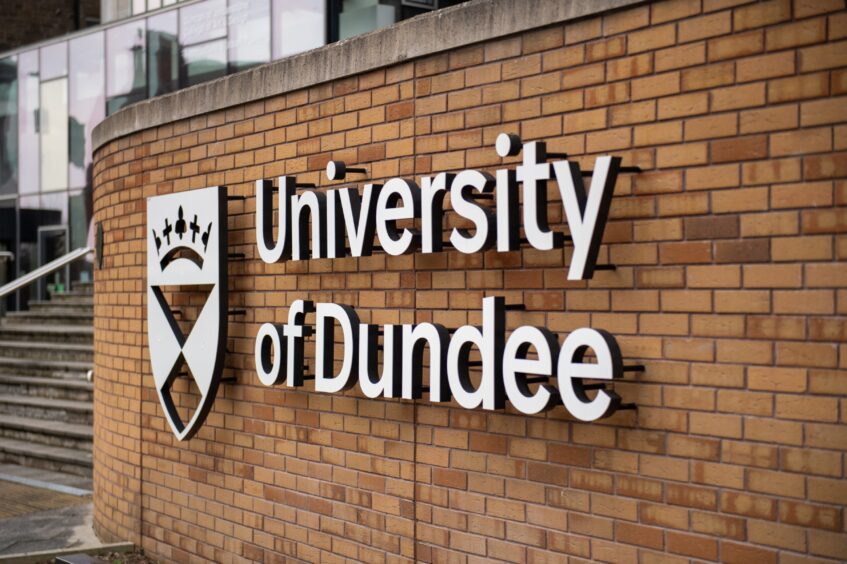
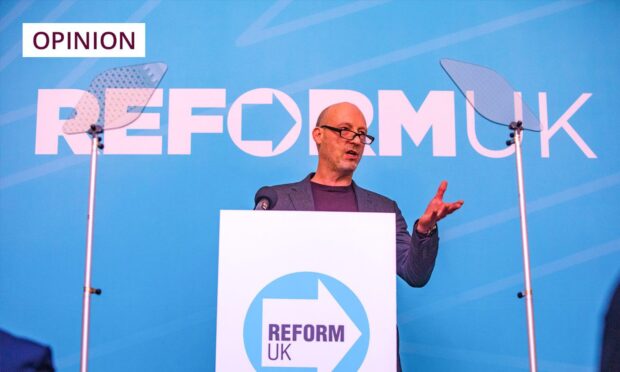


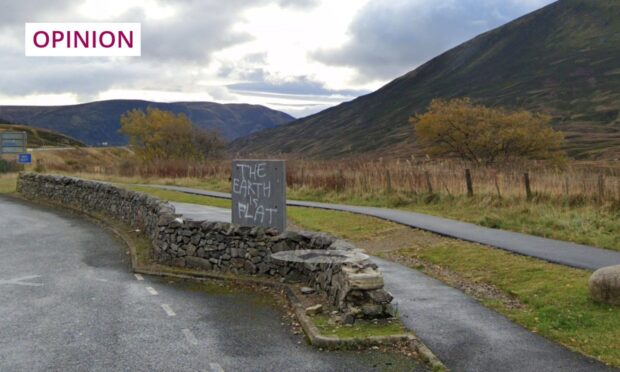

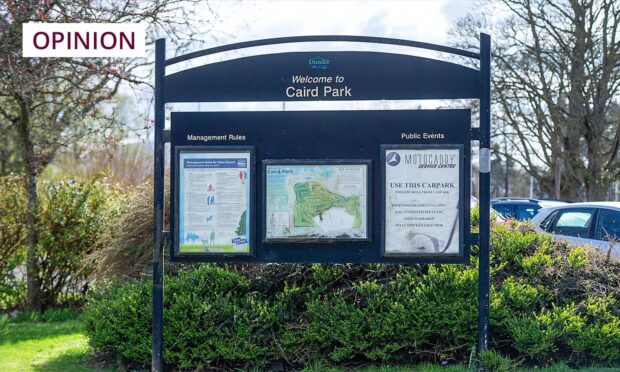
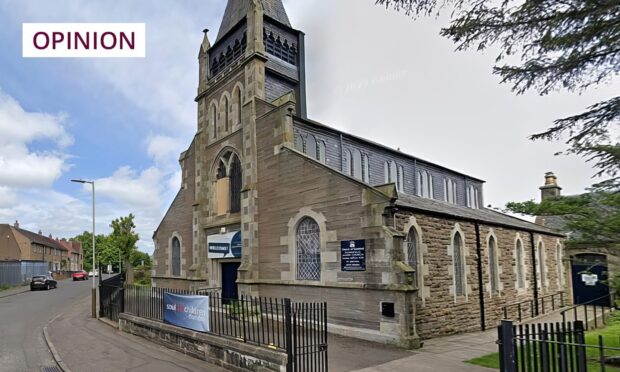
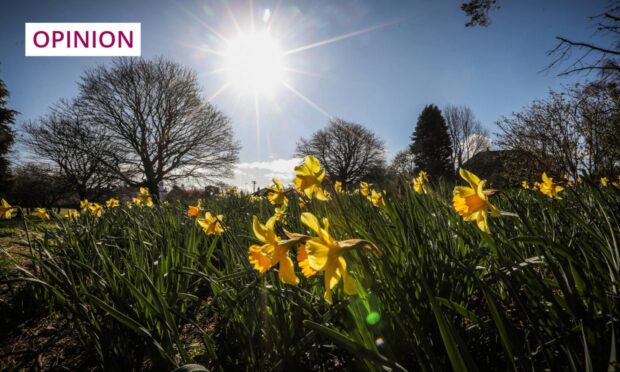
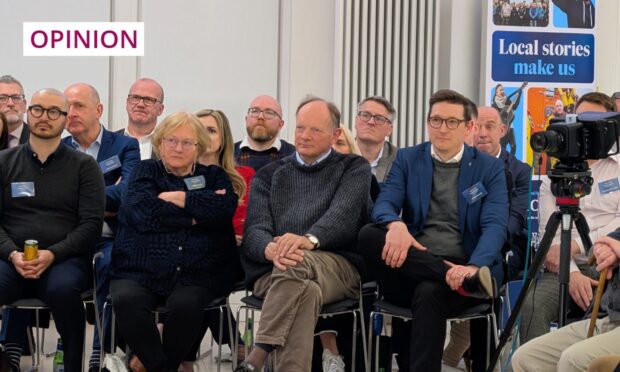
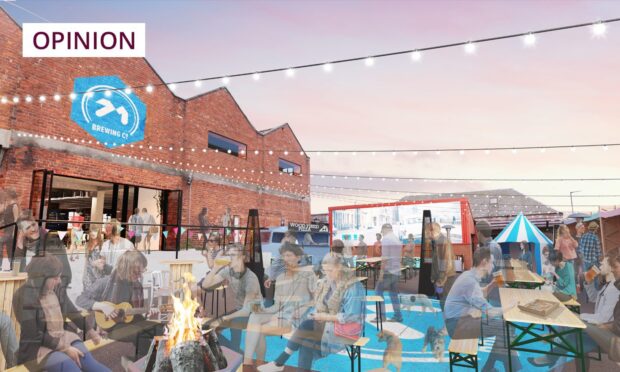
Conversation